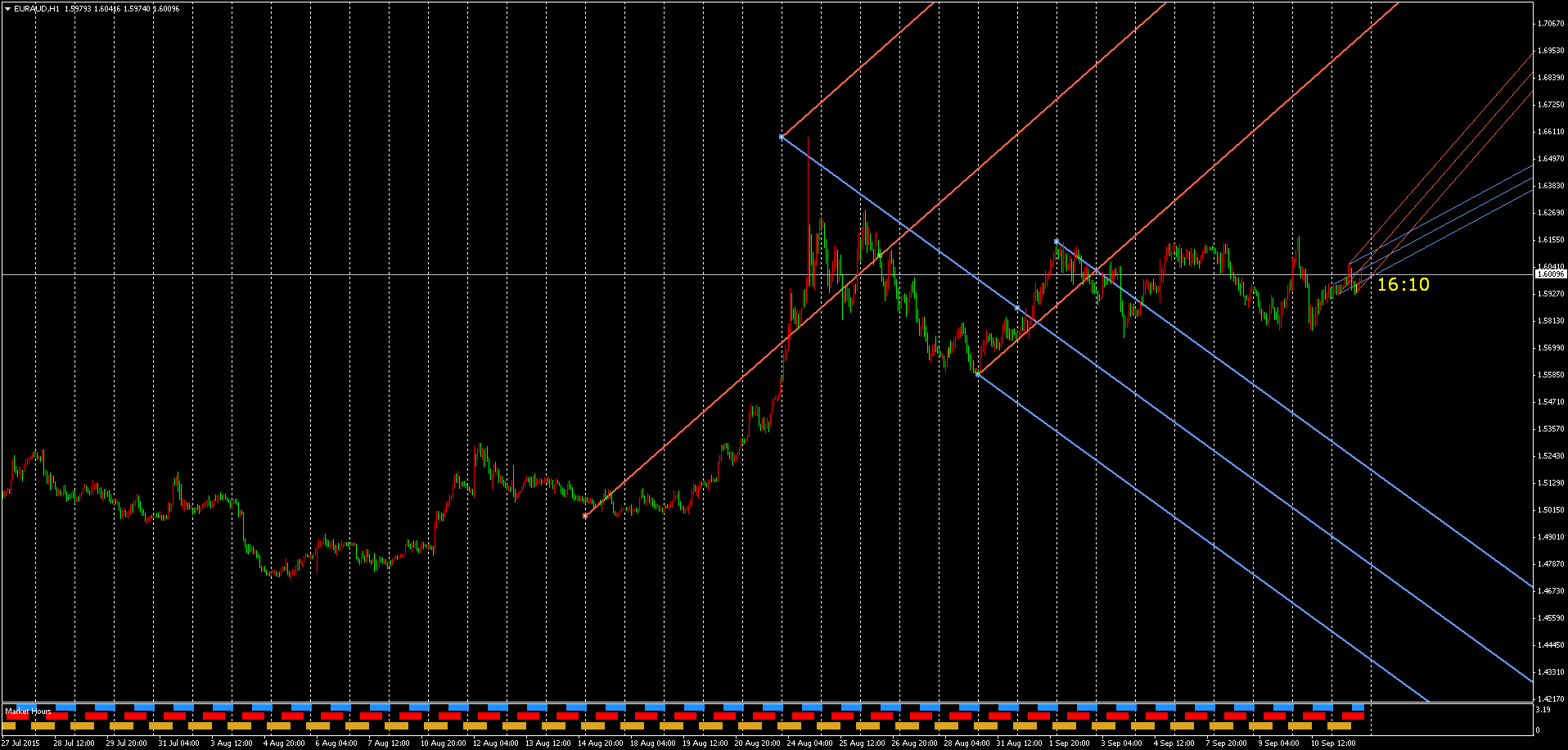Andrews Pitchfork Mt4 Demo
Andrews Pitchfork is an indicator. How to apply Andrews Pitchfork in Forex trading. To apply Andrews. 2 and tagged Andrew's Pitchfork, Andrew's Pitchfork mt4. Driver License Parser Generators there. Andrews’ Pitchfork is an instrument consisting of three parallel trendlines. This instrument was developed by Dr. Alan Andrews. Interpretation of.
Invented by and named after renowned educator Dr Alan H. Andrews, the known as can be used by traders to establish profitable opportunities and swing possibilities in the. On a longer-term basis, it can be used to identify and gauge overall cycles that affect the underlying spot activity. Here we explain what this indicator is and how you can apply it to your trades using two different approaches: trading within the lines and trading outside the lines. Defining the Pitchfork Available on numerous programs and charting packages, Andrew's pitchfork (sometimes referred to as 'median line studies') is widely recognized by both novice and experienced traders. 3rd Eye Activation Frequency Meditation there. Soundlib G-Player Vsti V1.2.1-Air. Comparable to the run-of-the-mill and lines, the application offers two formidable support/resistance lines with a middle line that can serve as both support/resistance or as a pseudo-regression line.


Andrews believed that market would gravitate towards the median line 80% of the time, with wild fluctuations or changes in sentiment accounting for the remaining 20%. As a result, the overall longer-term trend will (in theory) remain intact, regardless of the smaller fluctuations. If sentiment changes and forces shift, prices will stray, creating a new trend. It is these situations that can create significant profit opportunities in the currency markets. A can increase the accuracy of these trades by using Andrew's pitchfork in combination with other technical indicators, which we'll discuss below. Applying the Pitchfork In order to apply Andrew's pitchfork, the trader must first identify a high or low that has previously occurred on the chart.
The first point, or, will be drawn at this peak or and labeled as point A (as shown in Figure 1). Once the pivot has been chosen, the trader must identify both a peak and a trough to the right of the first pivot. This will most likely be a correction in the opposite direction of the previous move higher or lower.





